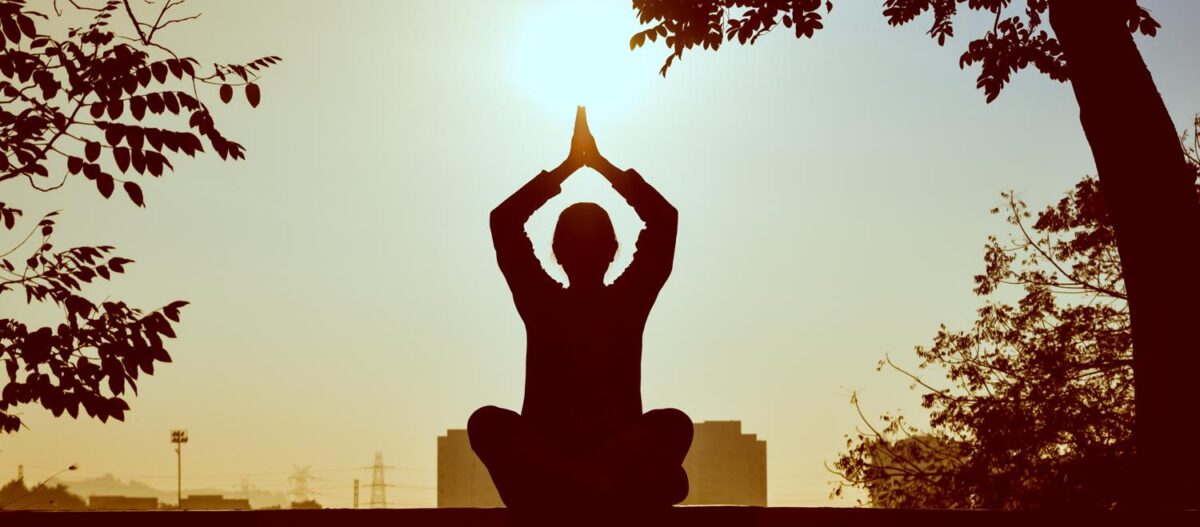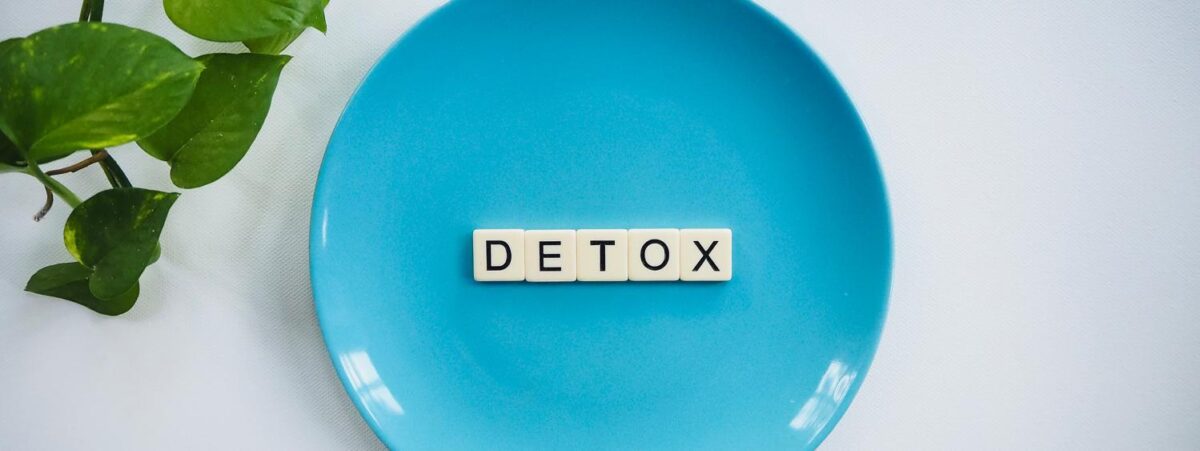Ayurveda believes sight (eye) is the most important of all the senses. The significance of eye health can be easily understood as most of the Ayurvedacharyas can diagnose the general health issues of the patient by just examining their eyes. Because of this, most of the Ayurvedic doctors recommend patients to take uttermost care of their eyes.
Among the eight different branches of Ashtanga Ayurveda, ENT that deals with the ophthalmology deals with the eye issues is Shalakya. The Ayurveda believes that most of the eye disease occurs due to discrepancy in tridoshas.
Ayurveda shows that the maintenance of certain lifestyle factor such as excess intake of spicy food, irregular or incompetent food habits, food causing excessive heat in the body, daytime napping, long travel durations, insomnia, sunburn or skin tan, eye strain caused by continuously looking at the computer screen during work, alcohol consumption, smoking, mental and physical stress is all quite harmful to your eyes. These conditions may also put you at risk of generation several other eye problems.
Let us have a look at the minor eye caring tips that can help you in keeping mild eye problems in check and maintain overall health of your eye.
- If you are feeling burning sensation in your eyes, pour two to three drops of castor oil in your eyes it will give you instant relief or else you can also put about two to three drops of basil leaf extract in each eye for relief.
- If your eye appears reddened, keep an eye pack of Jasminum grandiflorun also known as Picchi. Sprinkling a few drops of rose water in the eyes can also help in refreshing.
- Some herbal oils such as karisalaankaani thailam, amalakki herbal oil and ponnanganni thailam can also be helpful if massaged on the hair just before taking a bath.
- Eyesight can be improved by pouring 1 to 2 drops of basil leaf extract or rose water into eyes each morning.
- Put a few petals of Indian Rosebay, Chameli or Nandyarvattam flower in water and keep it stranded for the whole night. You can use this water to wash eyes early in the morning.
- Leaves of Malabar nut or Adalotakam also have excellent medicinal property that helps in improving eyesight. The leaves can be used like an eye pack to enhance eyesight.
- Washing your eyes with coconut water also helps in improving eyesight.
- Ayurvedic herbs such as amla and garlic also possess medicinal properties that are effective in enhancing vision. Other than these herbs like Bhringraj and oils extracted from Amla can also be used as a vision enhancer.
- Ayurveda also puts an emphasis on use of Yoga and pranayama for improvement of eyesight.
- Consumption of a mixture of about a tablespoon of cardamom and honey every day can also help in improving vision and keeping eye problems at bay.
- Triphala is also believed to possess excellent properties for enhancing eye vision and health. It also helps in fighting cataract issues. Further adding some triphala powder in the water and using the mixture for washing eyes can also help in curing any eye related problems and helps in improving eyesight.
- Ayurveda has always emphasized on meditation by keeping focus on a burning candle flame. This also goes a long way in improving concentration and eye sight.
- Diet also plays a vital role in keeping your eye healthy. A healthy diet can include fruits such as apple, grapes and other vegetables like spinach, cucumber juice and carrots. Food stuffs like oranges, tomatoes, dates, turnips, etc. are also very good for eyesight. Including almond and honey in the diet also helps in improving the eyesight.
Ayurveda always puts an emphasis on following these procedures with utmost care for improving vision. It is always advisable to consult an Ayurvedic physician for information on eye treatment and health. Consulting an Ayurvedic physician will also help you in getting specialized recommendation based on your current eye health and more clarity about the Ayurvedic procedures you need to follow to enhance your vision.






